The places on Earth that look like the moon
From Spain and Estonia to Canada and Chile, theses lunar landscapes are a good deal closer to home

This year marks the 50th anniversary of the Apollo 11 moon landing.
Half a century on, and experts believe we’ll soon be able to book commercial space flights. In the meantime, why not opt for the next best thing – a visit to a lunar landscape on our very own planet?
The Bardenas Reales, Navarre, Spain
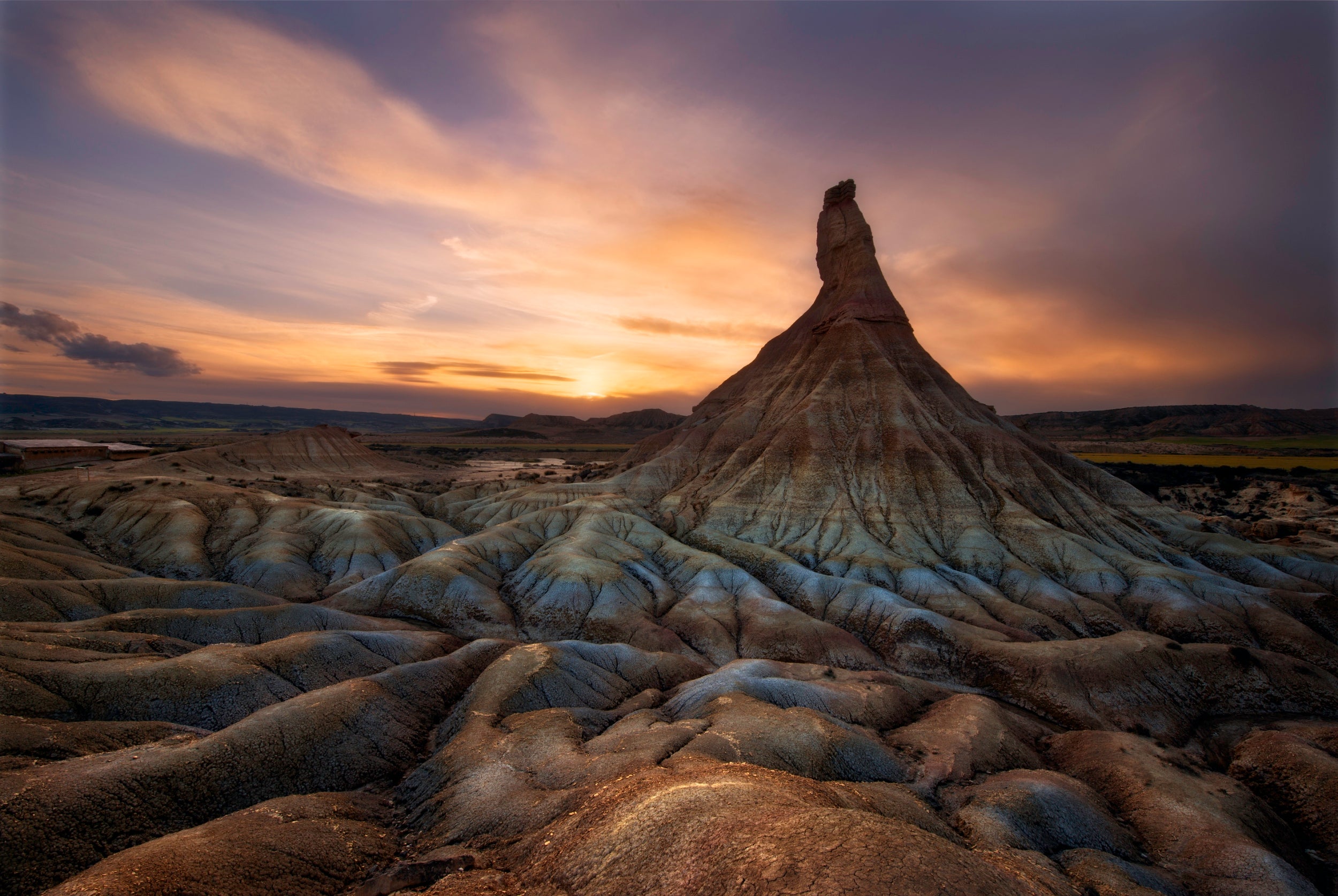
This beautifully bizarre natural park might look familiar – it’s been a backdrop for Game of Thrones and James Bond flick The World Is Not Enough. This semi-desert landscape is an hour’s drive from Pamplona, and its twisting rock formations are the result of millions of years of wind and rain-related erosion.
There are three main hiking routes, although we recommend the longest one, El Fraile. You’ll climb 200 metres above the valley floor for breathtaking views over the boulder-strewn landscape.
Spotted Lake, Osoyoos, Canada

We’re employing a bit of artistic license with this one – let’s face it, even the moon can’t lay claim to spotted lakes (or at least, not that we know of). But there’s a definite lunar-like mysteriousness to this Canadian oddity, which looks its weird and wonderful best in summer, when water levels drop and individual pools of briny water form.
Their colours – some are yellow, others are green or blue – are the result of the high concentration of minerals (including calcium and magnesium sulphate) in the surrounding rock. These minerals inevitably seep into the pools of water, which are believed (by some) to have healing properties. We’ll stick with the bottled stuff, thanks.
El Valle de la Luna, Atacama Desert, Chile
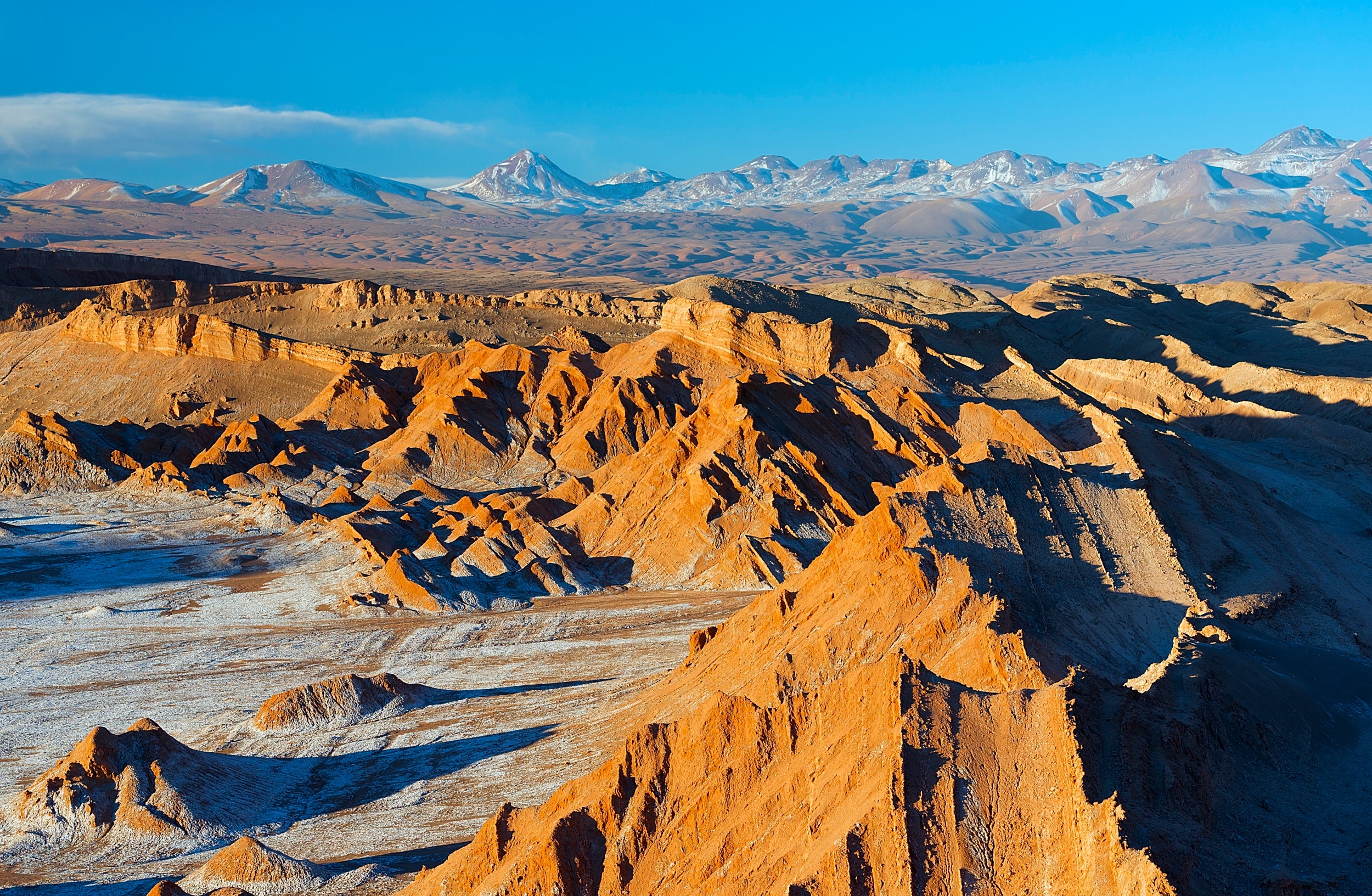
It doesn’t get more moon-like than Chile’s El Valle de la Luna (Valley of the Moon), which you’ll find in the Atacama – one of the world’s driest deserts. The valley gets almost no rain, hence the dramatic landscape of dried lake beds, wind-sculpted rocks and salt-dusted mountains. And we’re not the only ones who think it’s got a lunar-like quality – its landscape is so similar to the moon (as well as certain planets) that scientists have tested several rover prototypes here.
The Pinnacles, Western Australia
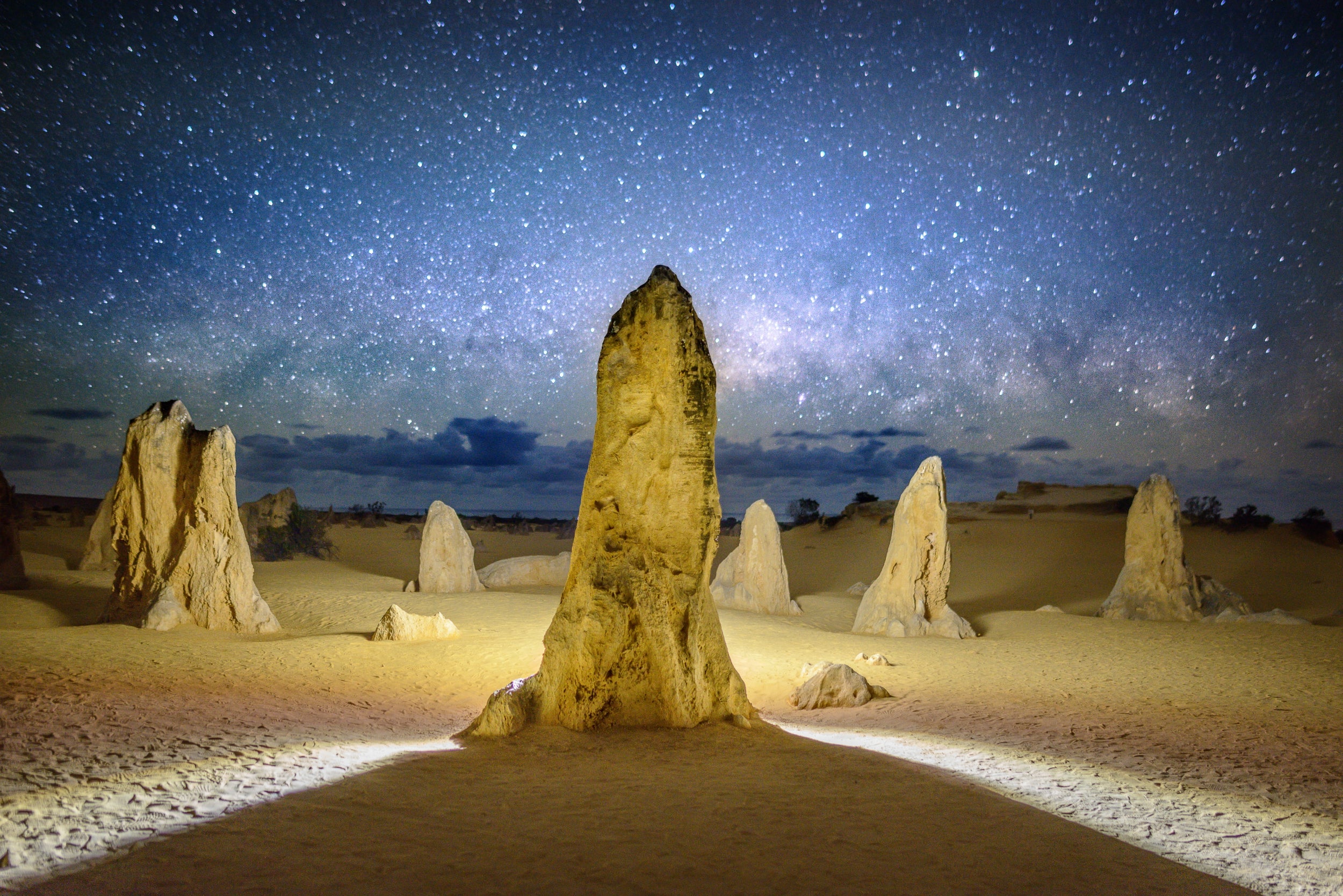
OK, the moon might not have kangaroos, but that’s beside the point – just ask Roger Federer, who commented on the landscape’s lunar-like qualities during a post-Australian Open visit. The thousands of limestone structures, some of which are over five metres tall, were formed 25,000 years ago when limestone-rich sand and ancient sea shells were pummelled into a fine powder before being blown inland by coastal winds.
Rummu quarry, Rummu, Estonia
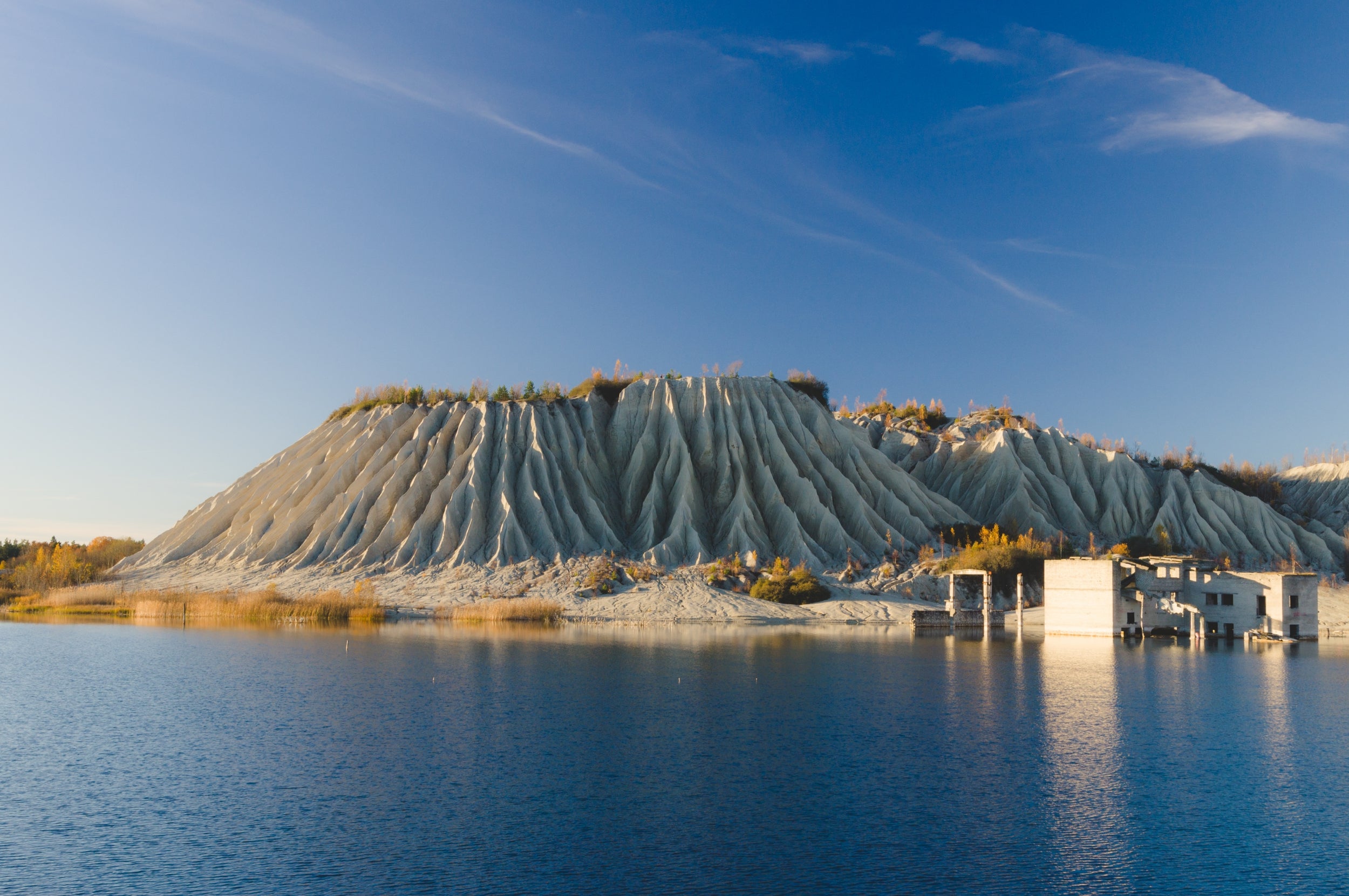
Once used for the mining of Vasalemma marble (a type of limestone), this Estonian quarry was abandoned in the Nineties. The pumps which sucked away much of the water were turned off, causing the entire area to flood. The buildings subsequently abandoned included a Soviet-era prison (the mine’s workforce was made up largely of inmates) and today, Rummu quarry is popular with divers, who come to explore the sunken cellblocks.
Goblin Valley State Park, Utah, US
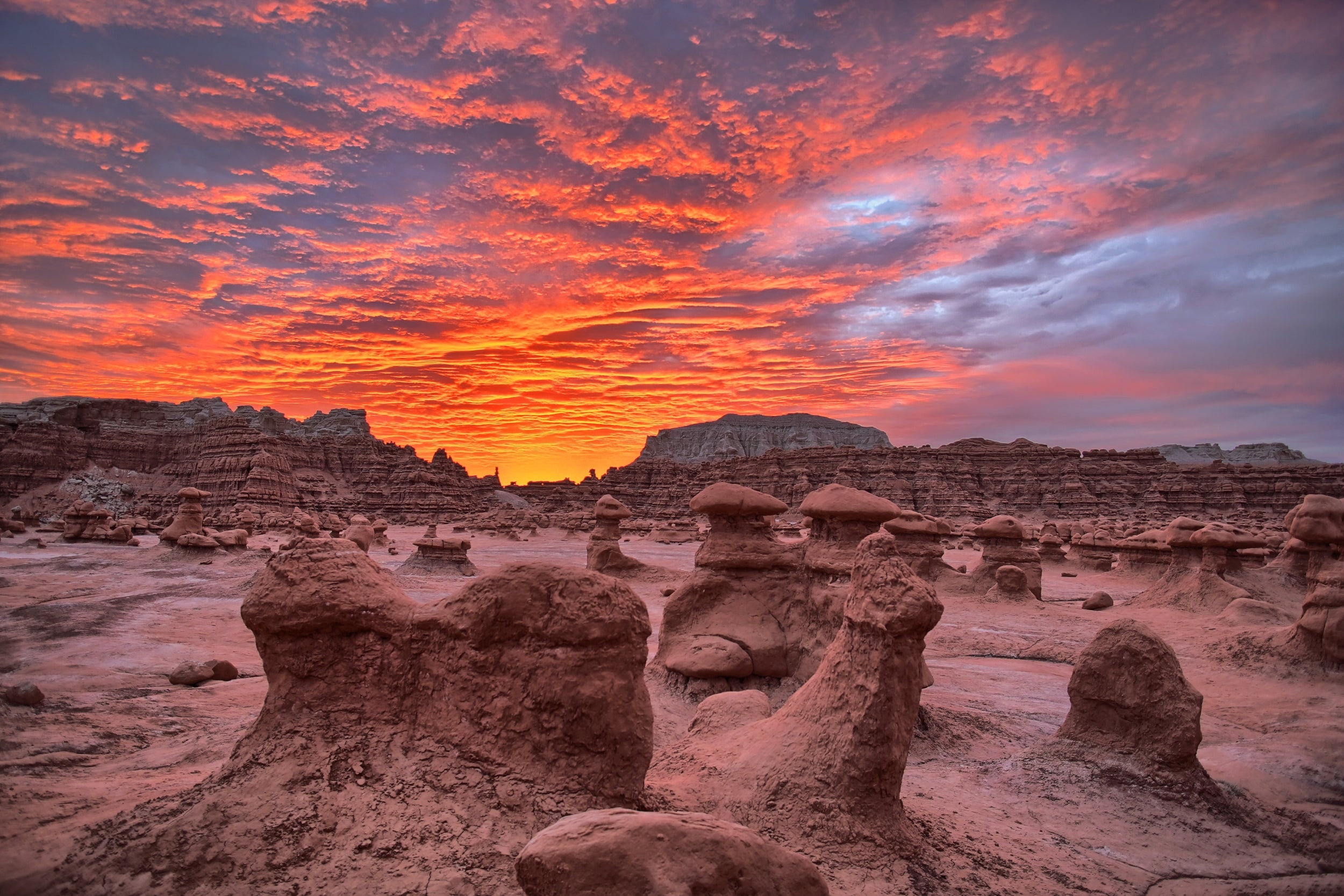
The shape of Goblin Valley’s rock formations – known as hoodoos – is the result of the varying hardness of the park’s sandstone. They’re the reason the area was once known as Mushroom Valley, a name given to it by businessman Arthur Chaffin, who conducted extensive explorations after stumbling across it in the Twenties. Don’t be surprised if it’s another landscape which looks familiar – it was the backdrop for cult sci-fi comedy Galaxy Quest.
Fly Geyser, Nevada, US
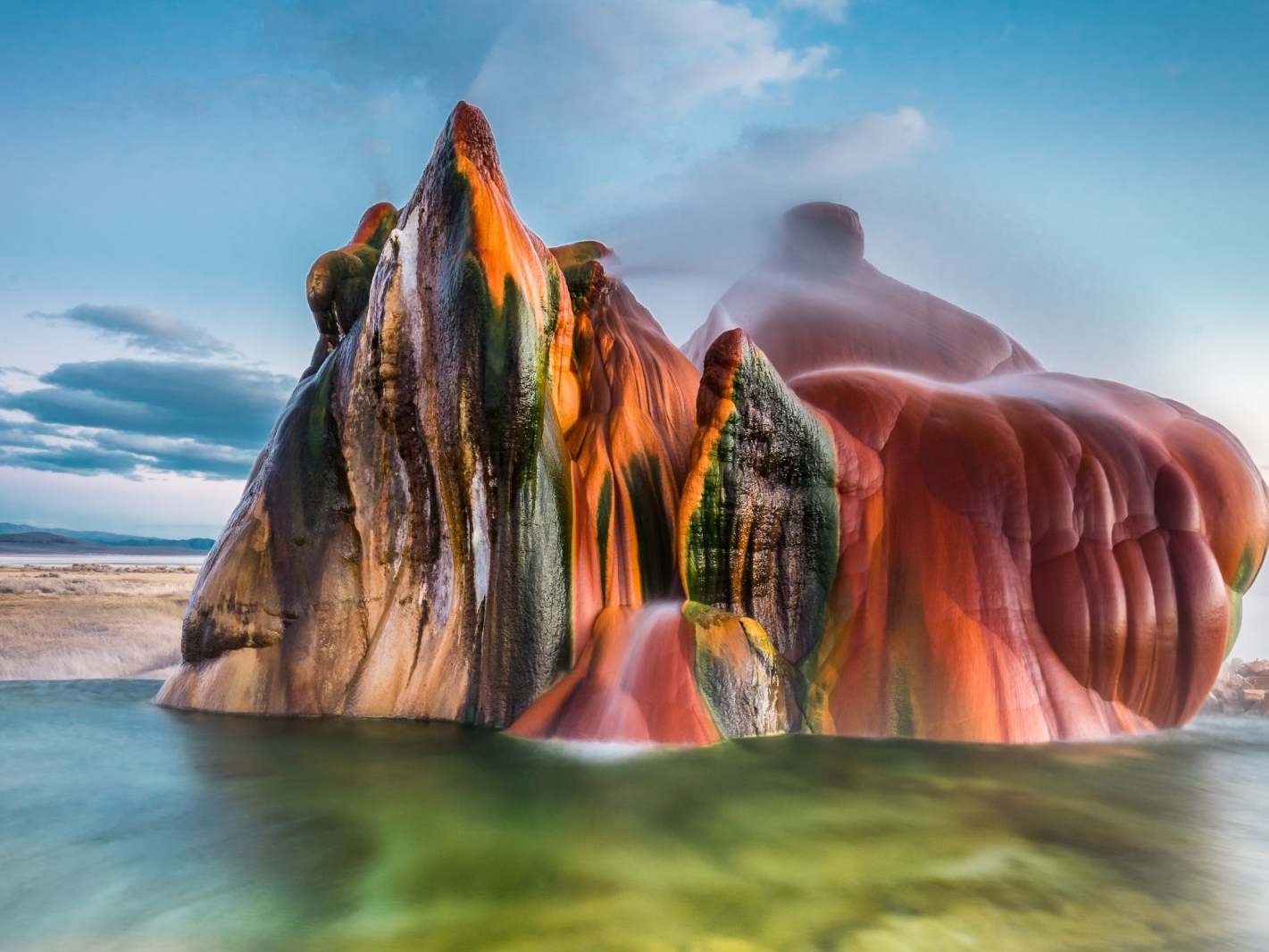
The beauty of this geothermal geyser is that it constantly sprays water into the air – hence the multicoloured layers of mineral deposits. But the constant eruptions have another effect – the formation of brightly-coloured algae, which changes colour as it grows and reacts with the mineral deposits. For this reason, its appearance constantly changes (with the downside being it’s now one of Nevada’s most popular selfie spots). The geyser was only opened to the public relatively recently – it’s located on a plot of private land. Suddenly the average garden-based water feature looks rather boring.
Iceland
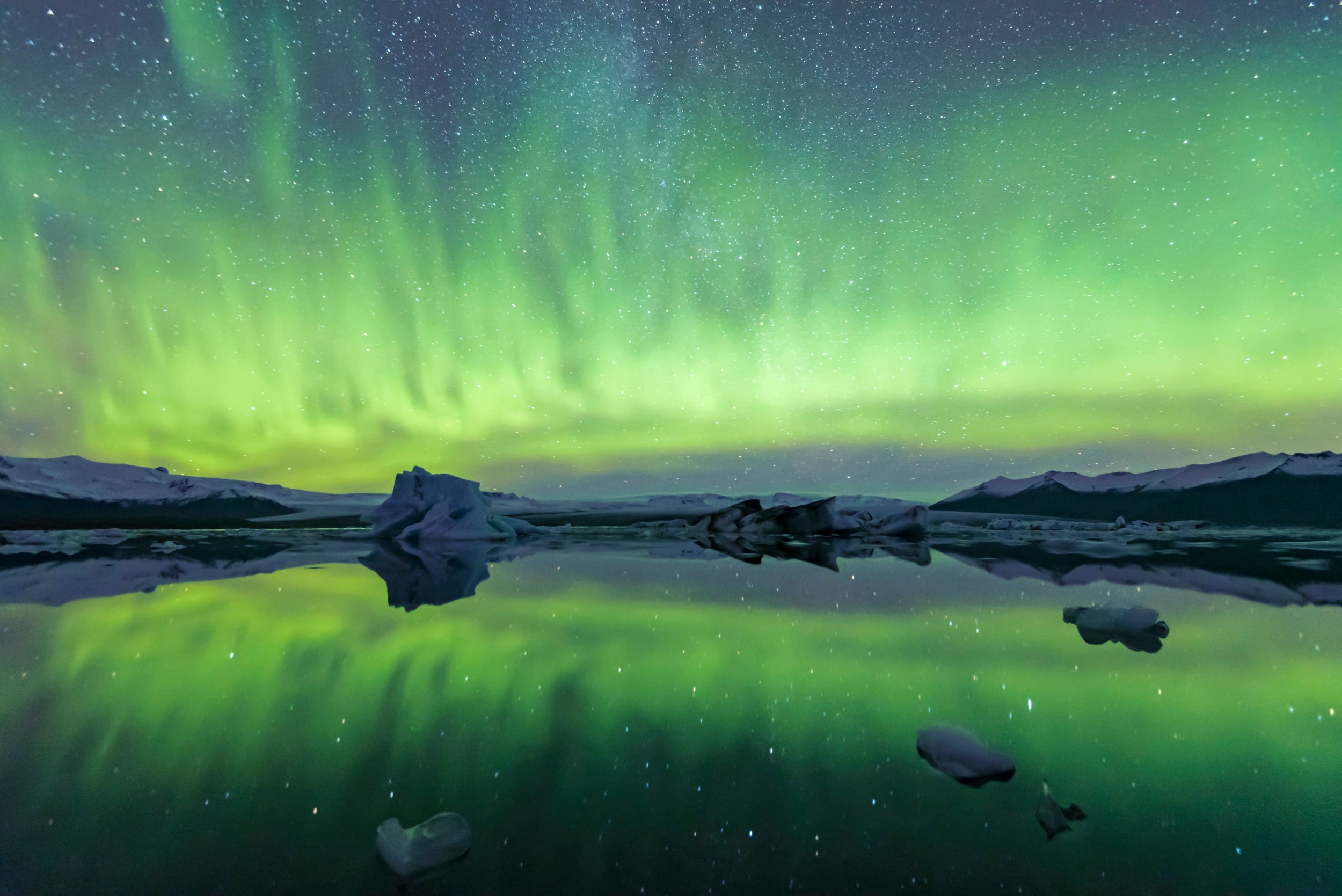
We’re not naming a specific location for this one, simply because there are so many Icelandic locations which resemble the moon. Take the Krysuvík geothermal area, with its boulder-dotted slopes and steaming craters, or the Westfjords, with their barren valleys and black sand beaches. It’s another country which features in various sci-fi films – the Dettifoss waterfall appears in the opening of space exploration flick Prometheus, and other locations have featured multiple times in Star Wars and Star Trek. It’s also been a training ground for various astronauts, including Neil Armstrong.
Sarakiniko, Milos, Greece
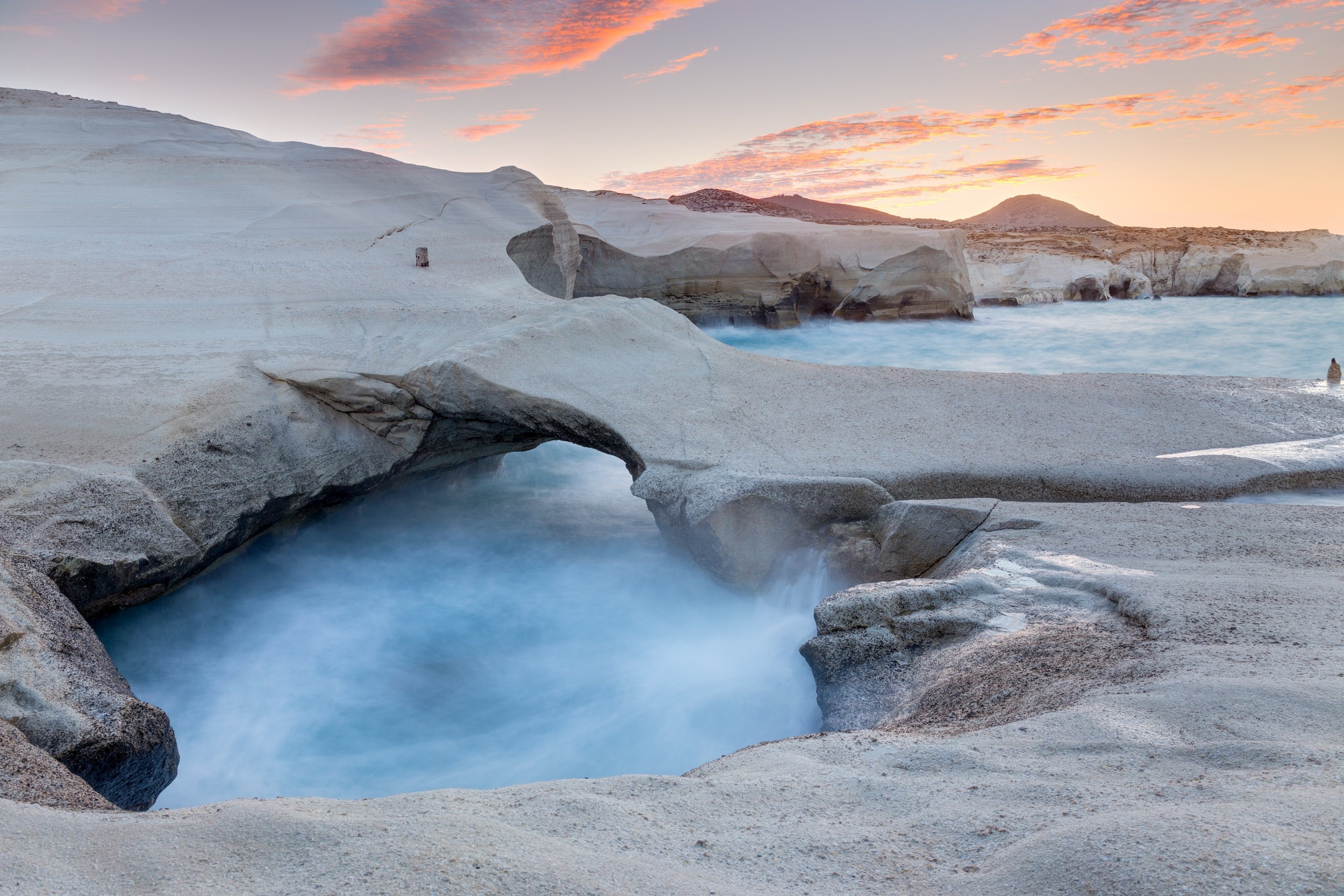
The beauty of this barren landscape – the area’s volcanic rocks are entirely free of vegetation – is down to the contrast between the bright blue water and the salt-crusted cliffs. Add to that a spot of wind and sea-induced sculpting and you’ve got the Aegean’s most photographed destination. Apparently it’s also a popular swimming spot, although we can’t imagine it’s the comfiest place to lay out your beach towel.
Hawaii

With road-gobbling, Triffid-like tendrils of lava and huge volcanic craters (Haleakala Crater on Maui is our favourite), it’s hardly surprising Hawaii is a popular destination for astronauts in training. Nasa astronauts first came to the Big Island in 1967, and with sites like Mauna Loa, which is the world’s largest volcano as well as a doppelganger for the moon, it’s easy to see why. This particular volcano has erupted dozens of times since it first blew its top in 1843, and its lava-strewn slopes stretch as far as the eye can see.
Join our commenting forum
Join thought-provoking conversations, follow other Independent readers and see their replies
Comments